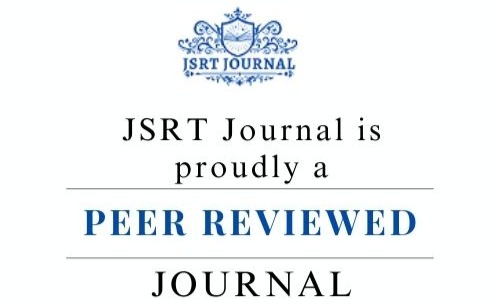Non-Linear Pushover Analysis Of RCC Framed Structure By Providing Fluid Viscous Dampers At Different Locations
DOI:
https://doi.org/10.61808/jsrt76Keywords:
Dynamic analysis, non-liner static analysis, pushover analysis, fluid viscous dampersAbstract
The increasing need of shelter in urban cities due to overpopulated spaces and land inadequacy people are forced to keep space and their needs strictly limited. High-rise buildings are the best solution for providing people spaces for living and to work on. In this age of urban development and rapid modernization the need of high-rise structures is rapidly increasing. As structures have become higher, structural engineering has become more difficult to achieve appropriate stability criteria. In tall buildings, stiffness is the key to sustainability. Fluid Viscous Dampers (FVD) are one of the efficient solutions for tall structures. These are hydraulic devices that, when stroked, dissipate the energy placed on a structure by seismic events. The viscous dampers convert the kinetic energy of the structural movement into heat and then dissipate that energy into the air, thereby obeying the laws of physics through the conservation of energy. To determine effectiveness of FVDs as well as determine best location for FVDs in high-rise buildings subjected to seismic loads, the current research is being carried out.
In this study twelve (12) RCC framed structures of 15 storeys of which four (4) are square shaped in plan, four (4) are rectangle shaped in plan with sides of ratio 1.5:1 and the other four (4) are rectangle shaped in plan with sides of ratio 2:1. These three (3) different shaped buildings considered are having approximately same plan area and damper positions. A floor-to-floor height 3m is taken. The buildings are located in Zone III. By using ETABS 2017 software, which helps to analyse and design the models, the analysis method used for this study is the Push Over analysis. This research work presents the results of an investigation on different parameters like Base shear, Modal mass participation, Time period, Storey Drift, Storey Shear and Storey Stiffness.











